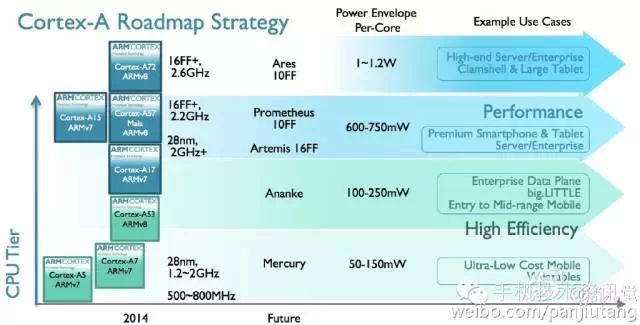DrMrLordX
Lifer
- Apr 27, 2000
- 23,161
- 13,254
- 136
what about 22nm fdsoi, that is cheaper than finfet and better than 28nm bulk. I think now is the time for desktop arm to start competing.
I've been wondering for awhile why nobody but IBM (that I know of) uses this process node. POWER8 seemed to do just fine on it. Lots of clockspeed potential. AMD never bothered with it when they bloody well could have, and now that GF controls the process, they're moving on to 14lpp instead of following in IBM's footsteps to use the successor to 22fdsoi (which is . . . 14nm SOI finfet?). I've always been told that 22fdsoi was too expensive. Too expensive compared to what?
The linux/android kernel has tonnes of drivers and this new uarch and new ecosystem probably wouldnt want to support legacy devices.
Linux support for ARM is kind of sketchy. The problem is that Linux has to support different implementations of the ARM IP which is more difficult than supporting x86 CPUs. If there were more standardization of ARM CPUs, it would be less of an issue.



